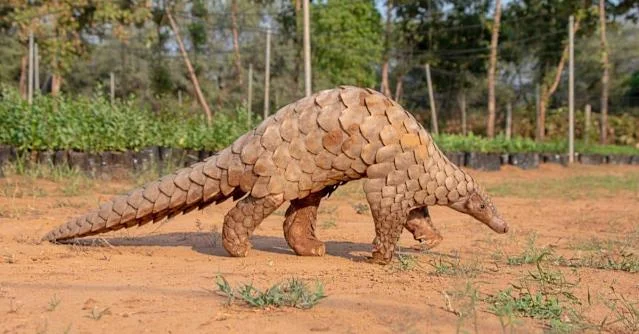
Pangolarium Opens: South Africa’s Bold New Sanctuary And A Pangolin Hero’s Netflix Debut
Pangolins, the world's most trafficked mammals, are finally seeing a ray of hope in South Africa. This month marks a powerful milestone: the opening of the Pangolarium—the world’s first facility dedicated exclusively to saving and rehabilitating these elusive, scaly creatures. Why does this matter? Because, for the eight pangolin species spanning Africa and Asia, every individual rescued could mean the difference between survival and silent extinction.

The Pangolarium, nestled in the Lapalala Wilderness Reserve, is the result of years of determination and partnership. As Alexis Kriel of the African Pangolin Working Group (APWG) explains, "Our mission to protect these incredible creatures has taken a huge step forward." It’s a collaboration built on science, passion, and a stubborn refusal to let the pangolin’s fate be written by traffickers. With support from organizations such as Lepogo Lodges, the center offers not just healing and rehabilitation, but a new hub where vets and researchers worldwide can share precious knowledge about these secretive animals.

This facility arrives at a time when pangolins are at extraordinary risk. Despite their solitary nature and tough armor of scales, they are poached by the hundreds of thousands each year—primarily for their meat and scales, highly sought after in Asian folk medicine markets. The Temminck’s (ground) pangolin, the continent's most common species, is especially vulnerable. The heartening mission here is clear: recuperate pangolins and, whenever possible, release them back into the wild where they belong.
But rescue alone is not enough. Awareness is equally crucial, and 2025 brings another breakthrough: Netflix is releasing "Pangolin: Kulu’s Journey" on April 21. This heartwarming documentary tracks a rescued pangolin’s recovery and the special bond formed with his human caregivers. As Nicci Wright, wildlife rehab specialist and APWG co-chair, puts it, “We hope it will give people insight into pangolins’ quirky personalities and inner lives.” With the so-called “Netflix effect” having changed public sentiment in past wildlife films, conservationists hope Kulu's story will resonate worldwide, especially with audiences in regions where pangolin trafficking is rampant.
There’s no denying the stakes are high. In 2019 alone, scales from an estimated 600,000 pangolins were seized en route from Africa to Asia—a staggering number that underlines both the hardship and the hope. The Pangolarium and Kulu's global debut may finally turn the tide. But will awareness, action, and love save the pangolin from vanishing forever?
The future of pangolins is unwritten. What do you think: Can sanctuaries and global storytelling change the fate of these gentle, armored mammals? Share your thoughts below—your voice could be part of their rescue.